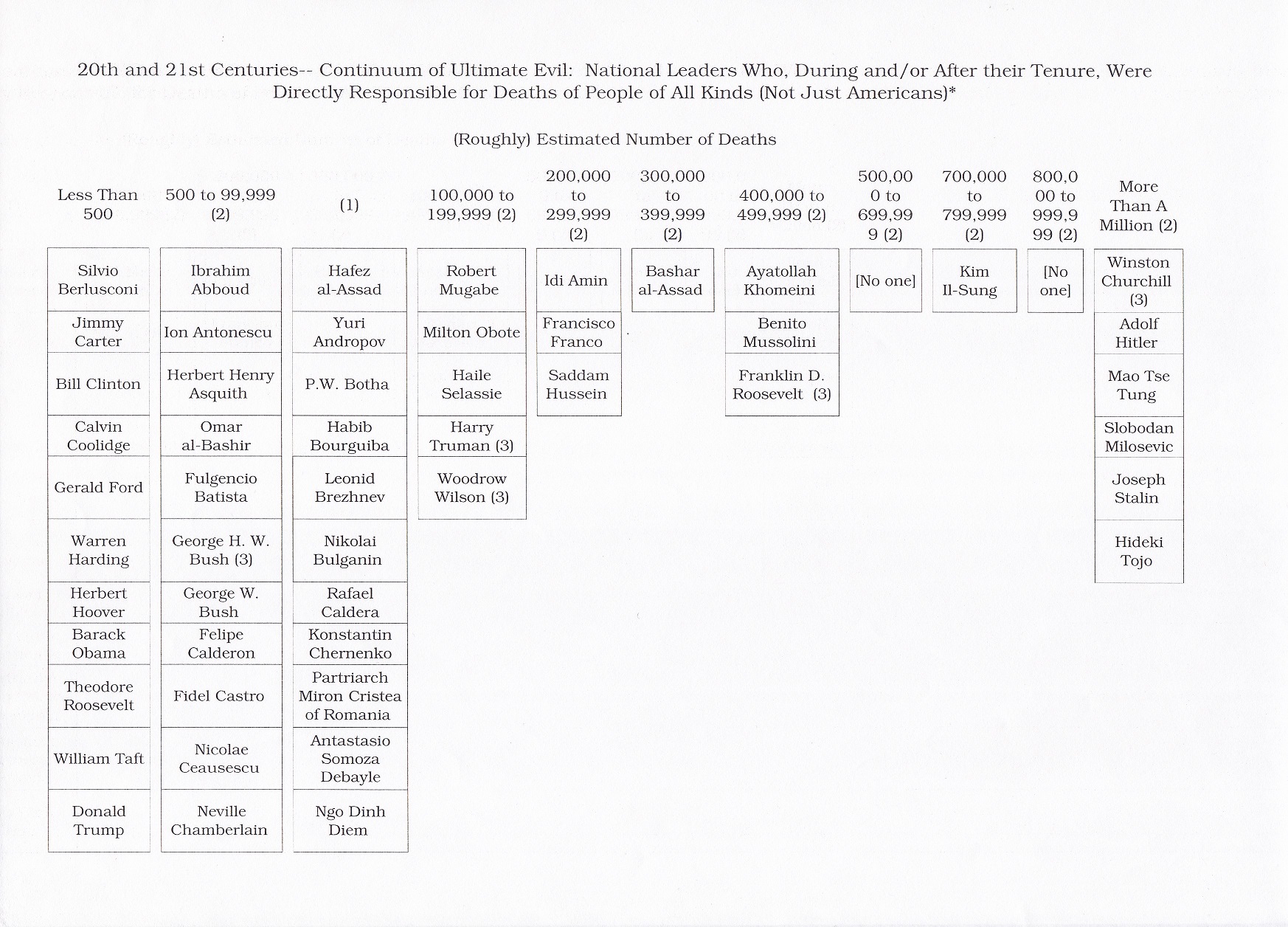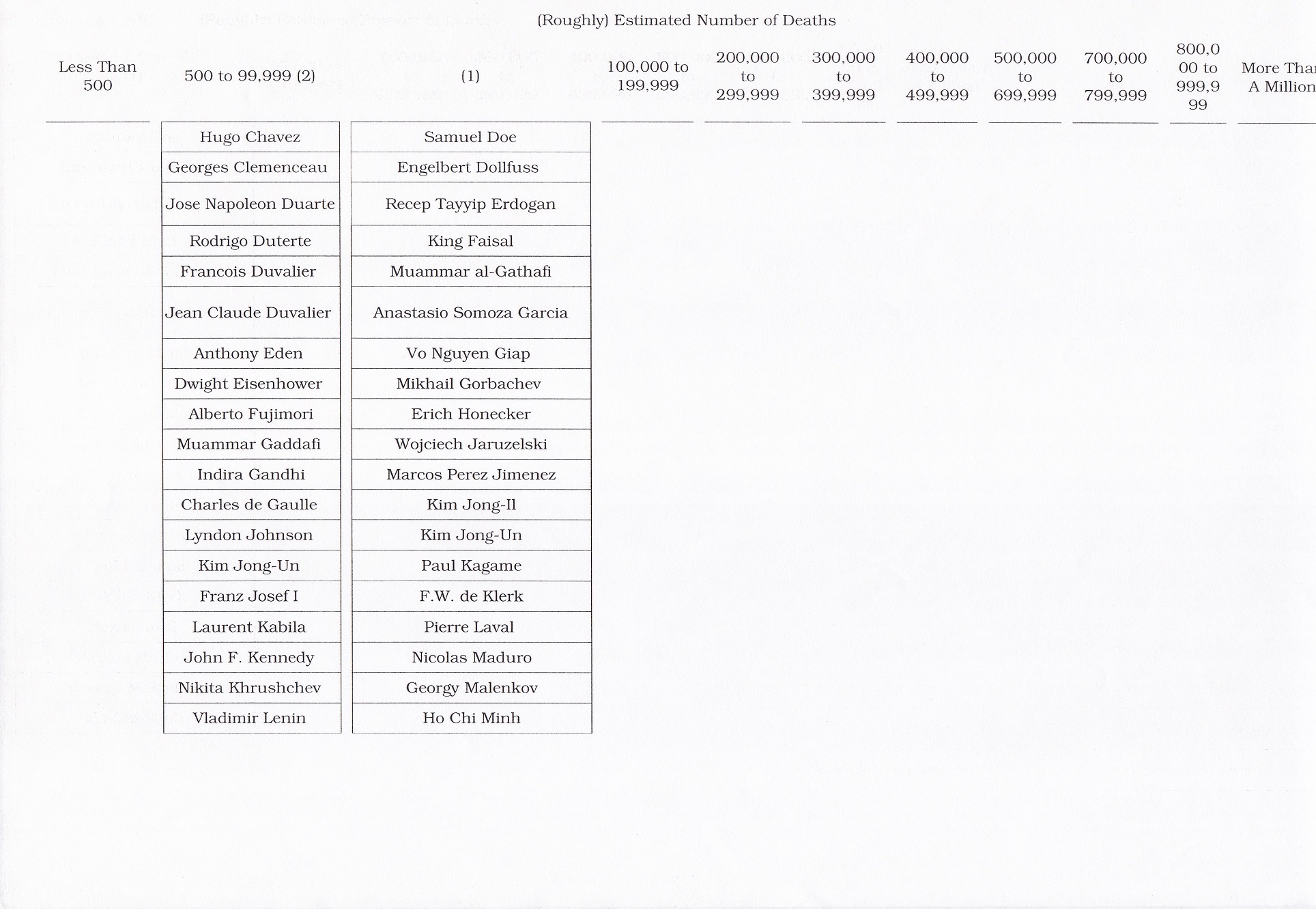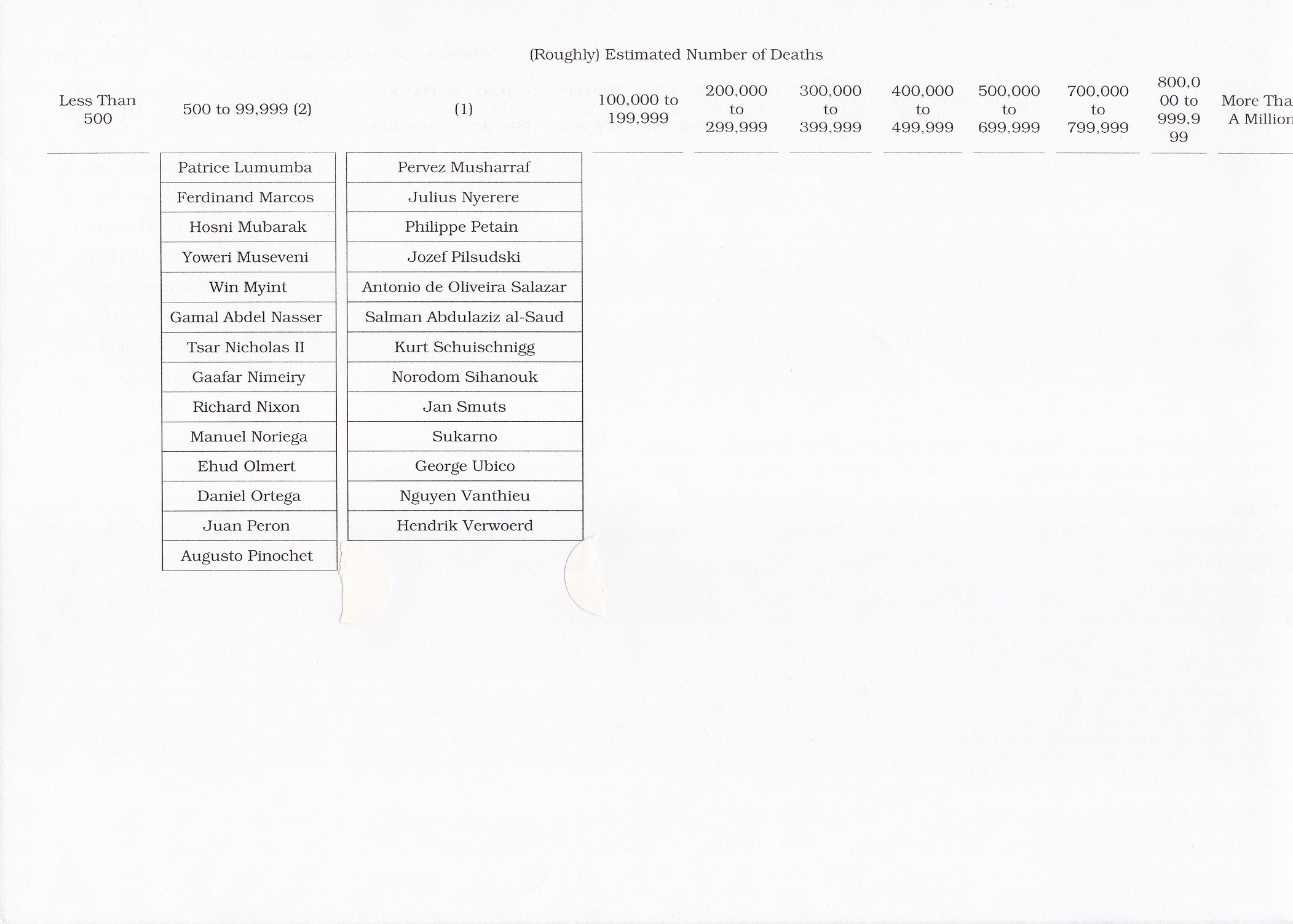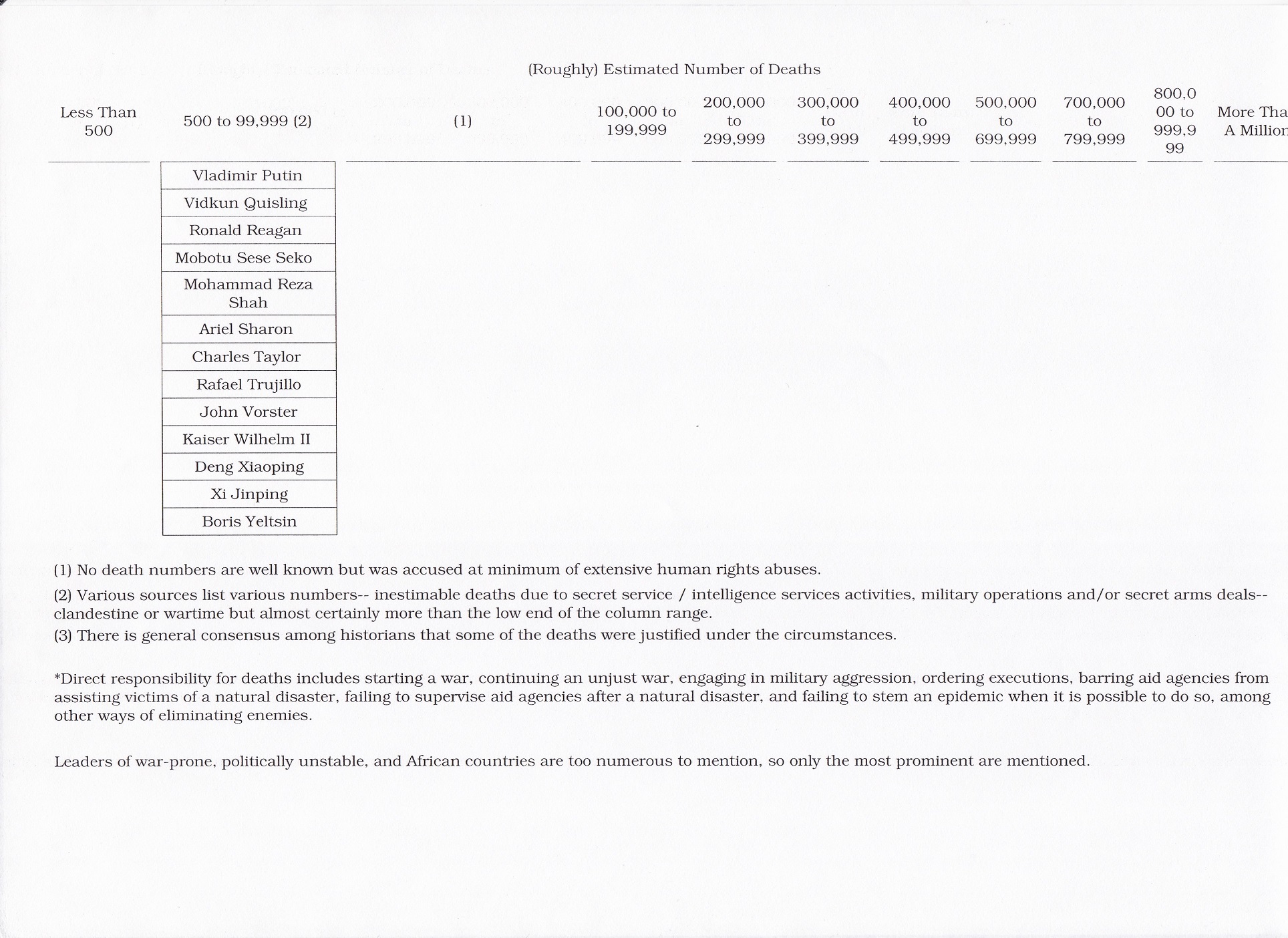The Book of the Decade is “The World According to Monsanto– Pollution, Corruption, and the Control of Our Food Supply” by Marie-Monique Robin, published in 2010.
The author wrote, “When one dissects Monsanto’s activity reports (contained in 10-K forms [annual reports filed with the Securities and Exchange Commission in the United States]) since 1997, one is struck by the place taken up by litigation.”
There are no companies that can fairly be compared to Monsanto in terms of payments to victims for irreparable harm, permanent injury and wrongful deaths caused by the environmental damage done by Monsanto. They couldn’t possibly compete. But the following is a summary of recent expenses of the legal bullying of, and financial punishments handed down, to Monsanto.
Monsanto’s 2017 annual report’s footnotes showed $33 million in expenses associated with “environmental and litigation matters.” The company’s 2015 Restructuring Plan included $167 million of the same kinds of aforementioned expenses and “a SEC settlement.” The cost of goods sold was $101 million. That means, its litigation expenses exceeded the costs of producing its products. Besides, annual reports don’t normally contain the exact phrase “environmental and litigation matters.”
Another item included $32 million of expenses related to “legacy environmental settlements.” Monsanto recorded the settlement of its polychlorinated biphenyls (PCBs) legal troubles for $280 million in fiscal 2016. Lastly (finally!), the “Long-Term Portion of Environmental and Litigation Liabilities” accounts for almost 1 1/2% of the company’s “Total Liabilities” for the year.
What makes Monsanto’s excessive litigation egregious is that it has so much worldwide hegemony that it wins its cases most of the time– the company itself sues everyone who gets in the way of its profit-making, and successfully defends itself against the countless plaintiffs who have legitimate causes of action against it.
Not to mention the fact that it had basically formed a public-private partnership (largely via political contributions and lobbying), with the American government as of the book’s writing. That is why whistleblowers and activists get crushed in its wake.
Sounds familiar… Unfortunately, the reason history repeats itself so often is that human nature doesn’t change. What makes Monsanto’s case so much scarier than the situations with other, similar monstrous entities is that Monsanto has the potential to permanently contaminate nearly the entire world’s food supply, and there have already been significant consequences of that nature due to its unbridled greed. Yes, it is that bad.
Founded as a chemical and plastics company in 1901 in Saint Louis, Missouri– Monsanto went public in 1929. It made DDT, dioxin, aspartame, (and inadvertently but knowingly and ruthlessly, PCBs), among other substances that have done permanent harm to a large number of people.
As of this book’s writing, Monsanto had a presence in 46 nations and owned 90% of the patents for all Genetically Modified Organisms internationally grown. It makes billions of dollars in profit annually.
The author traveled extensively to interview numerous people to gather a voluminous amount of data on Monsanto’s quest to make the maximum amount of money it possibly can, at the expense of humanity. The scientists she interviewed– including friends and foes of Monsanto– all said they wouldn’t eat the genetically modified foods borne of Monsanto products.
The author tells lots of anecdotes about people from all different geographic areas who have been adversely affected by the chemicals and genetically modified organisms sold by Monsanto, plus about several people previously affiliated with the company and U.S. government agencies, who were clearly still loyal to their former employers. One such interviewee displayed the body language of a liar: excessive blinking when answering her pressing questions. She also pored over declassified documents that indicate outrageous corporate wrongdoing.
Monsanto’s employees currently research, apply for patents to, and sell genetically modified seeds for growing soybeans, corn, cotton and rapeseed; plus a herbicide– Roundup, an insecticide– Bt toxin, and the bovine growth hormone rBST.
The author wrote that in 1983, the American federal government set aside funds called the Superfund Program to decontaminate toxic waste sites around the nation. When some of those funds were diverted to “… finance the electoral campaigns of Republican candidates, Congress discovered that documents that would compromise the companies[,] disappeared.”
As might be recalled, the Reagan administration had a reputation for being staunchly pro-business; so much so that it made EPA worker Anne Burford and her colleague Rita Lavelle the scapegoats of a scandal after pressuring them to shred documents (which would have implicated Monsanto) and commit other crimes in connection with the town of Times Beach, Missouri– a dioxin-and-PCBs-contaminated site.
That contamination resulted in the deaths of numerous animals, serious health problems for the people there, and forced permanent evacuation of the eight-hundred family resort town.
The author spoke with several whistleblowers. All were punished by their employers. One from the EPA distributed an inflammatory memo saying Monsanto published false research results on its products. Another from the FDA wrote a report on the flaws in Monsanto’s application for approval of the artificial growth hormone rBST. He was fired in 1989, sued, and years later, won a job back at the FDA, but not one for which he was suited.
Monsanto’s rBST (still currently used at some dairy farms), when injected into cows, causes them to produce more milk (translation: more money). With the hormone, other substances are also likely to get into the milk, such as pus and antibiotics. This is because the injection sites on the cows form abscesses, necessitating the administering of antibiotics to the cows. Further, with rBST, the cows develop serious health problems, like ovarian cysts, mastitis and uterine disorders. Never mind humans who drink their milk.
In an unprecedented move, the FDA changed its own rules and approved rBST in November 1993 without forcing Monsanto to reply to its concerns and recommendations.
In the late 1980’s, a genetically modified dietary supplement sold by prescription only caused serious health problems, killing at least 37 and permanently disabling 1,500. If that kind of harm was done by a regulated item meant to be eaten that was genetically modified around the same time that Monsanto was testing rBST– a part of a product that millions of people would consume, shouldn’t the FDA have been more prudent in its approval process of rBST??
Monsanto sued the dairies that said on their milk-container labels that their milk contained no rBST. The defendants were forced to change their labeling.
In the late 1990’s, there was the TV-journalist-couple who were working on a show with negative coverage on Monsanto, when their employer was taken over by Fox News. They were fired because they refused to switch from telling the truth, to lying about Monsanto.
In 2003, after the couple suffered years of emotionally and bank-account draining litigation, “The [federal] judges considered that no law prohibited a television network or a newspaper company from lying to the public. To be sure, the rules established by the FCC prohibited it, but they did not have the force of law.” No wonder journalism is dead.
Conflicts of interest abounded in the 1990’s , when supposedly scholarly journal (peer-reviewed) articles (like Science, Nature and the Journal of the American Medical Association) declared that Monsanto’s products were safe; those articles were written by people paid by Monsanto.
Reputable scientists pointed out that Monsanto’s scientific testing involved non-standard procedures, and was statistically suspect as it was of too short a duration, and had too small a sample size.
Read the book to learn about:
- horror stories resulting from Monsanto’s underhanded tactics regarding testing and use of its products, including the herbicide Roundup;
- its victims in Anniston, Alabama who were subjected to PCBs;
- which of Monsanto’s products was banned in 2000 in Canada and Europe;
- how Monsanto is active in the United Nations;
- how deregulation perpetuates Monsanto’s worldwide hegemony;
- which ten or so individual American government officials acted on Monsanto’s behalf, but had undisclosed conflicts of interest [there was scant room in the book to list all those who were ethically challenged Monsanto affiliates— wait, that’s redundant];
- the percentages of all foods genetically modified in specific categories in 2005;
- how taxpayers footed the bill for Monsanto’s aggressive use of legal and political weaponry against American soybean farmers (whom it seriously harmed by taking away their livelihoods through duress and illegally spying on them in the late 1990’s) from 1999 into 2002;
- why Monsanto dropped its initiative to introduce a transgenic wheat, even after spending hundreds of millions of dollars in connection therewith;
- how Mexico has been harmed by Monsanto’s transgenic corn;
- how Argentina and Paraguay have been harmed by Monsanto’s transgenic soybeans;
- how India has been harmed by Monsanto’s transgenic cotton;
- how Canadian farmers have been harmed by transgenic canola;
- what transpired when, in January 2005, the Securities and Exchange Commission launched a legal proceeding against Monsanto for corruption in Indonesia;
- why the World Trade Organization should share some blame for allowing the worldwide spread of Monsanto’s tentacles;
- and much more.
Endnote: Feel free to browse other posts for additional examples of entities behaving badly under the category “Business Ethics.”



